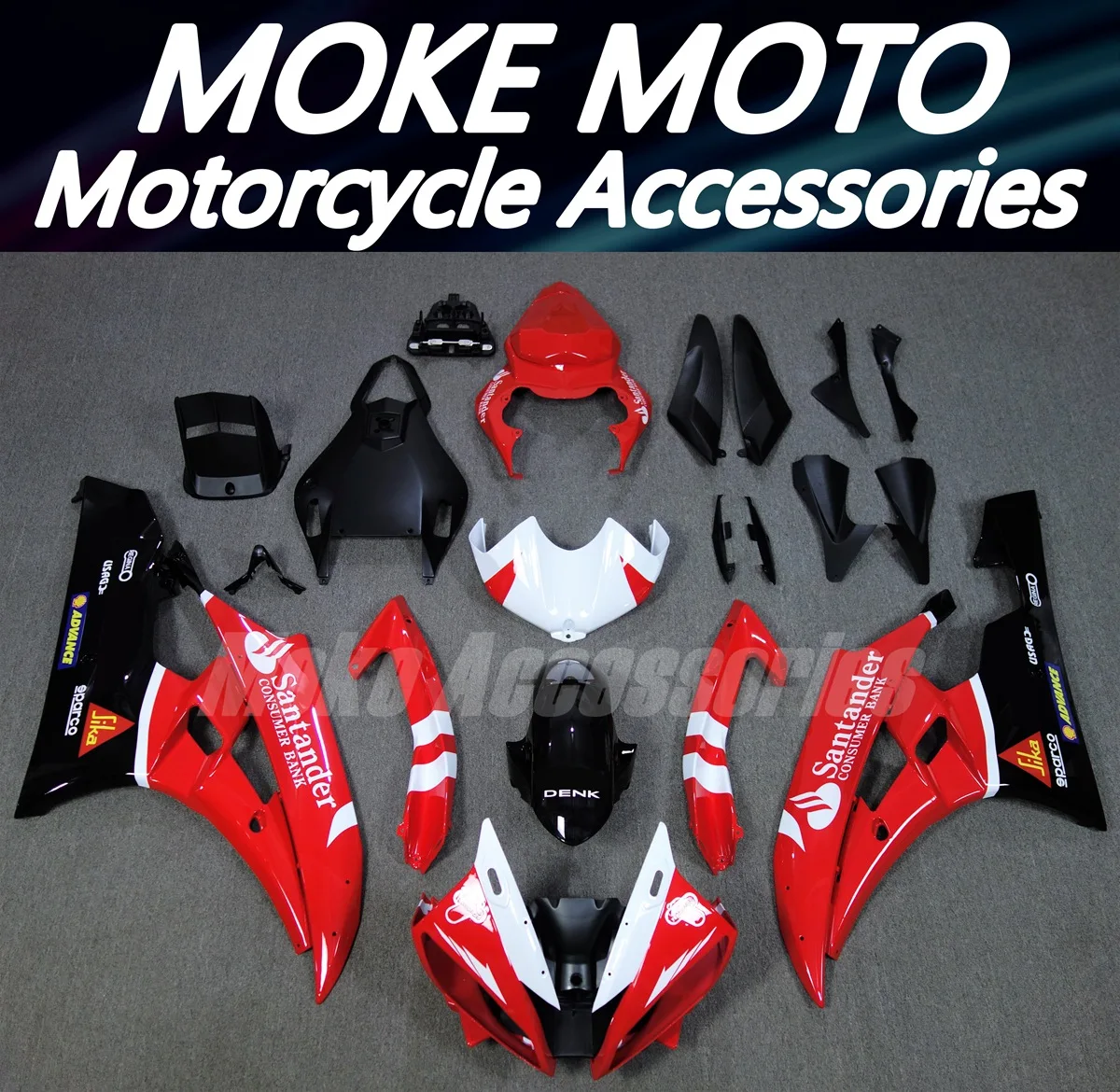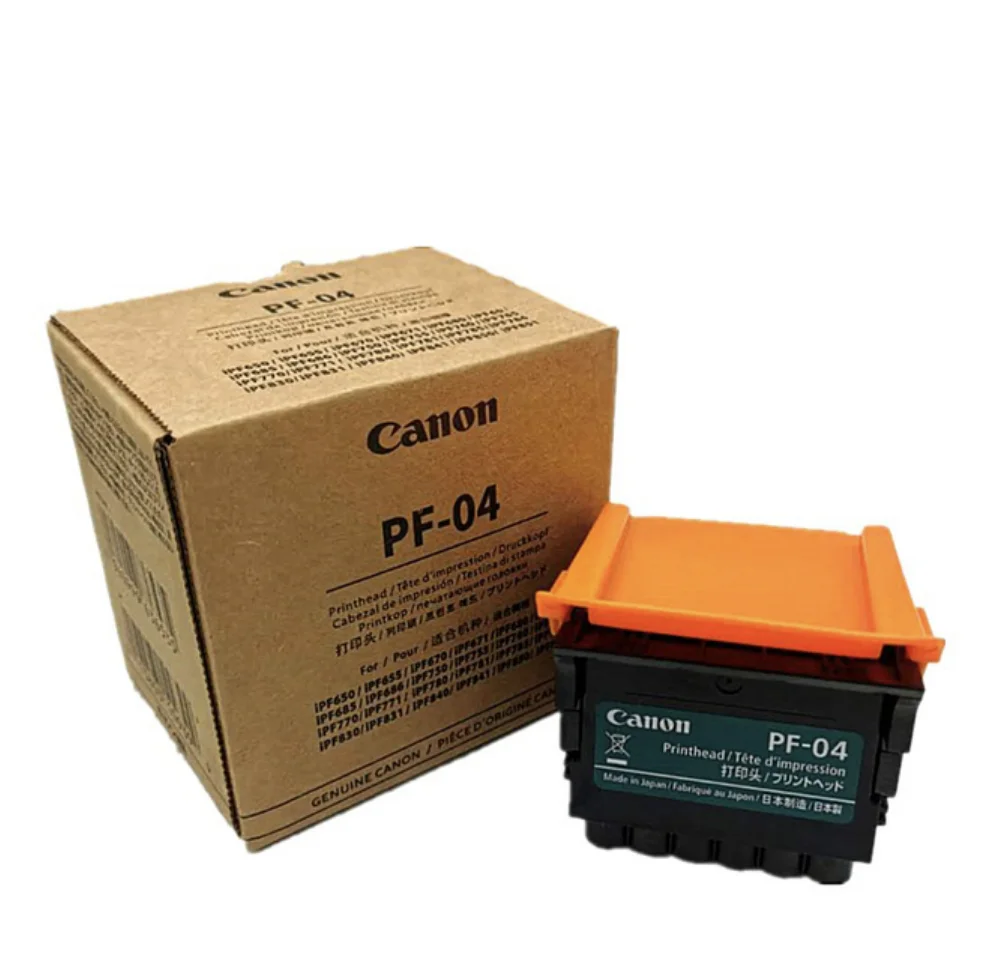
Stainless Steel Side Cabinet Kitchen Ocean Panel Floor to Floor Storage Rack Kitchen Microwave Oven Shelf Pot Rack
Price: USD 326.33 - USD 329.63Category: Furniture Accessories
Shop now and enjoy exclusive discounts! Stainless Steel Side Cabinet Kitchen Ocean Panel Floor to Floor Storage Rack Kitchen Microwave Oven Shelf Pot Rack. Experience the quality Furniture Accessories!

Semicircular curved sofa, special-shaped brown beauty salon, hotel office, business rest area reception and negotiation
Price: USD 327.23 - USD 330.54Category: Furniture Accessories
Shop now and enjoy exclusive discounts! Semicircular curved sofa, special-shaped brown beauty salon, hotel office, business rest area reception and negotiation. Experience the quality Furniture Accessories!

Motorcycle Fairings Kit Fit For Yzf R6 2006-2007 Bodywork Set High Quality Abs Injection Santander Red Black
Price: USD 313.37 - USD 329.86Category: Motorcycle Parts
Shop now and enjoy exclusive discounts! Motorcycle Fairings Kit Fit For Yzf R6 2006-2007 Bodywork Set High Quality Abs Injection Santander Red Black. Experience the quality Motorcycle Parts!

100% Original Print Head nozzle printhead For Canon IPF655 IPF650 IPF680 IPF681 IPF755 IPF760 IPF765 IPF750 PF-04 pf04 pf 04
Price: USD 281.79 - USD 331.52Category: Office Electronics
Shop now and enjoy exclusive discounts! 100% Original Print Head nozzle printhead For Canon IPF655 IPF650 IPF680 IPF681 IPF755 IPF760 IPF765 IPF750 PF-04 pf04 pf 04. Experience the quality Office Electronics!

Adjustable Roman Column Window Model ABS Multi Pattern Window Cover Molds European Villa Square Column Mold House Wall Decor
Price: USD 164.97 - USD 329.93Category: Garden Supplies
Shop now and enjoy exclusive discounts! Adjustable Roman Column Window Model ABS Multi Pattern Window Cover Molds European Villa Square Column Mold House Wall Decor. Experience the quality Garden Supplies!

Modern dark abstract color block solid wood screen decoration living room bedroom entrance partition office seat screen can be
Price: USD 326.90 - USD 330.20Category: Furniture Accessories
Shop now and enjoy exclusive discounts! Modern dark abstract color block solid wood screen decoration living room bedroom entrance partition office seat screen can be. Experience the quality Furniture Accessories!

Hanging Wild Bird Seed Feeder Bird Food Dispender Outdoor Garden Feeding Tool Outside Hanging
Price: USD 182.30 - USD 331.46Category: Pet Products
Shop now and enjoy exclusive discounts! Hanging Wild Bird Seed Feeder Bird Food Dispender Outdoor Garden Feeding Tool Outside Hanging. Experience the quality Pet Products!

11 Drawers Vanity Desk, Fluted Makeup Vanity with Power Outlet & Lighted Mirror, 3 Lighting Modes Adjustable, Vanity Set with Gl
Price: USD 156.28 - USD 332.50Category: Home Furniture
Shop now and enjoy exclusive discounts! 11 Drawers Vanity Desk, Fluted Makeup Vanity with Power Outlet & Lighted Mirror, 3 Lighting Modes Adjustable, Vanity Set with Gl. Experience the quality Home Furniture!
